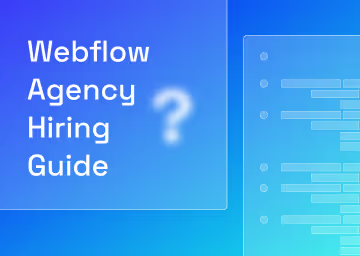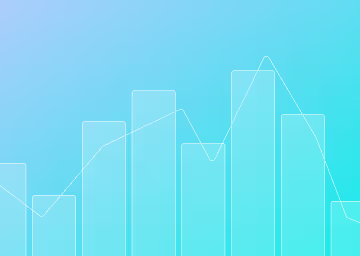What Is A SaaS - An Introduction

Introduction
What is a SaaS? Maybe you’ve heard the phrase before and are wondering what it actually means, or maybe your IT team have been going on about the SaaS sector and you want to get in the loop. This introduction to SaaS should clear all of that up for you.
Let’s start with what SaaS stands for - Software as a Service. In short, SaaS provides a method of delivering applications via the internet so that downloading, installing, and maintaining software is not necessary. You can break free from the shackles of difficult software and hardware administration using software as a service. Our most popular example of a SaaS business is Webflow.
Although SaaS is the official designation, there are other titles for it that are more specific. SaaS is often referred to as hosted software, on-demand software, or web-based software. Whatever name they go by, SaaS services are hosted on the servers of a SaaS provider, who controls all aspects of access to the application—including its performance, security, and availability.
SaaS Characteristics
A SaaS generally generates revenue via a monthly or annual subscription. These subscriptions are often tiered, giving different inclusions based on the amount paid.
For companies who operate the SaaS model, a key driver to this model is revenues can increase, with little increase in expenses. This means as the SaaS company scales, the profit margins increase..in theory.
Accessibility, compatibility, and operational management are key benefits of SaaS. Additionally, SaaS is more accessible to a larger spectrum of enterprises thanks to cheaper upfront expenses than conventional software download and installation, making it simpler for smaller firms to challenge established industries while empowering suppliers.
The obvious drawback of Software as a Service is that an internet connection is required in order to use it to its full potential because it is cloud-based (available over the internet). Having said that, a lack of internet accessibility is not a major concern with the expansion of broadband packages and high-speed phone networks like 5G. Some SaaS programmes also offer an offline mode with minimal functionality.
Let's look at some of the fundamental aspects of SaaS...
Multitenant Architecture
SaaS has a multitenant architecture, which means all users and apps share a single, centralised code base and infrastructure. SaaS provider clients share the same infrastructure and code base, allowing suppliers to innovate more quickly and free up important development resources that would otherwise be devoted to maintaining several versions of obsolete code.
Security is an additional benefit of the SaaS model. Due to the shared nature of the service, everyone has access to the highest degree of security, which has been set up for those with the greatest need.
Easy Customisation
The flexibility for each user to quickly adapt apps to meet their business operations without affecting the shared infrastructure is a huge plus for SaaS. These modifications are exclusive to each business or user and are always maintained across updates because of the way SaaS is built. As a result, SaaS providers can provide updates more often, with substantially lower adoption costs and less client risk.
Better Access
A crucial component of every organisation in any industry is scalability. As a business expands, those in the SaaS industry are able to adjust their needs to suit the number of users, the volume of data, and the functionality needed.
What does this mean? improved access to data from any networked device while making it simpler to control access rights, keep track of data use, and guarantee that everyone is viewing the same information at once.
SaaS Harnesses the Consumer Web
The web interface of common SaaS apps will be recognisable to anyone who is familiar with Amazon.com or My Yahoo! The SaaS approach allows for easy customization, making the weeks or months it takes to upgrade conventional company software appear dated.
growyze, a cutting-edge SaaS start-up in the hospitality sector and one of the most recent Paddle Creative projects, is a great example of a SaaS business. You can see how we helped them on Our Work page.
Conclusion
SaaS is usually a cloud-based service that allows you to access an application through an internet browser rather than downloading software on your desktop PC or office network to operate and update.
The SaaS model is ever-expanding and more popular than ever.
If you’re curious, browse our Glossary for quick definitions of various acronyms and terms, as well as links to more resources, if you're interested in learning more.

.svg)
.svg)

























